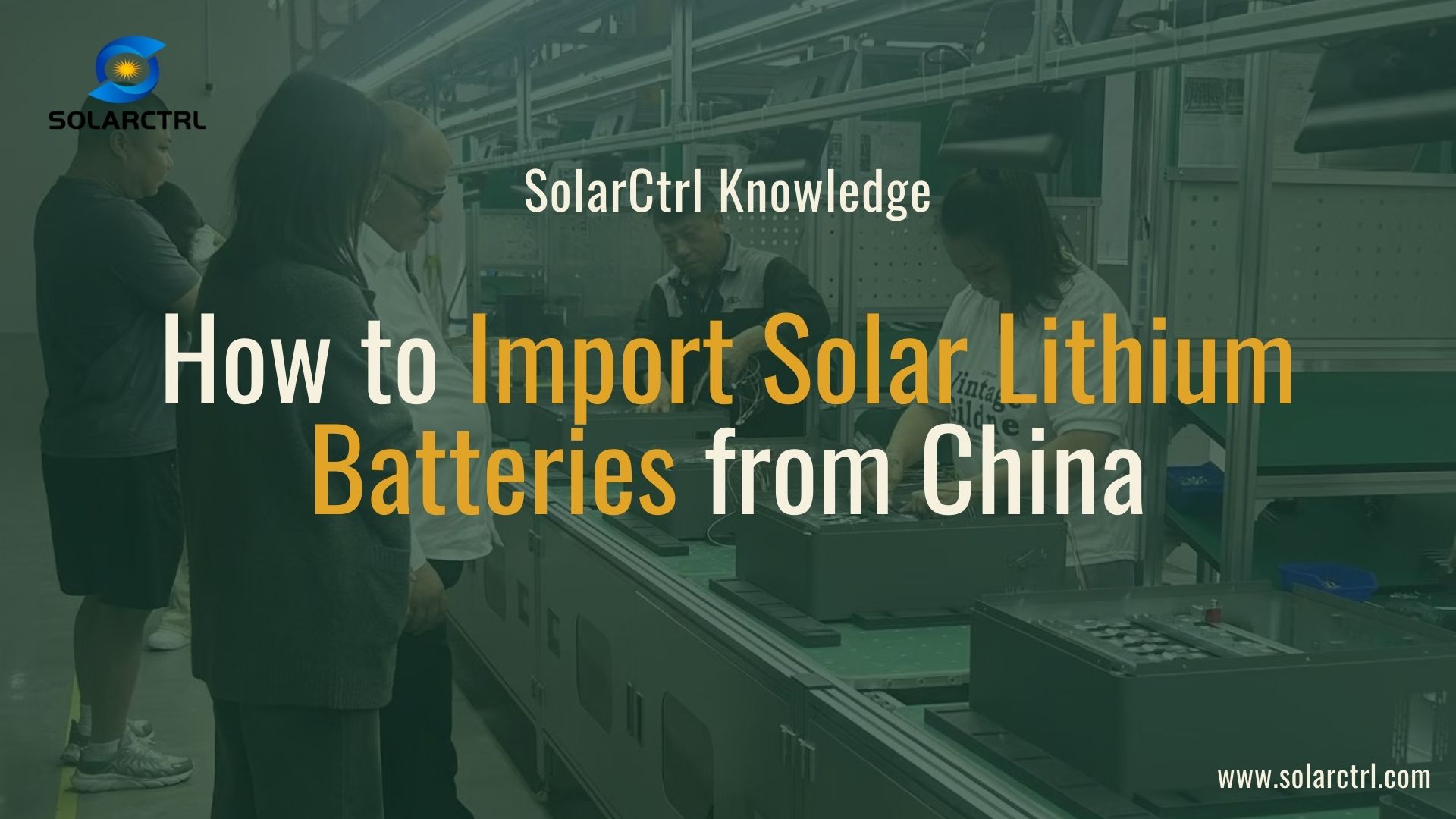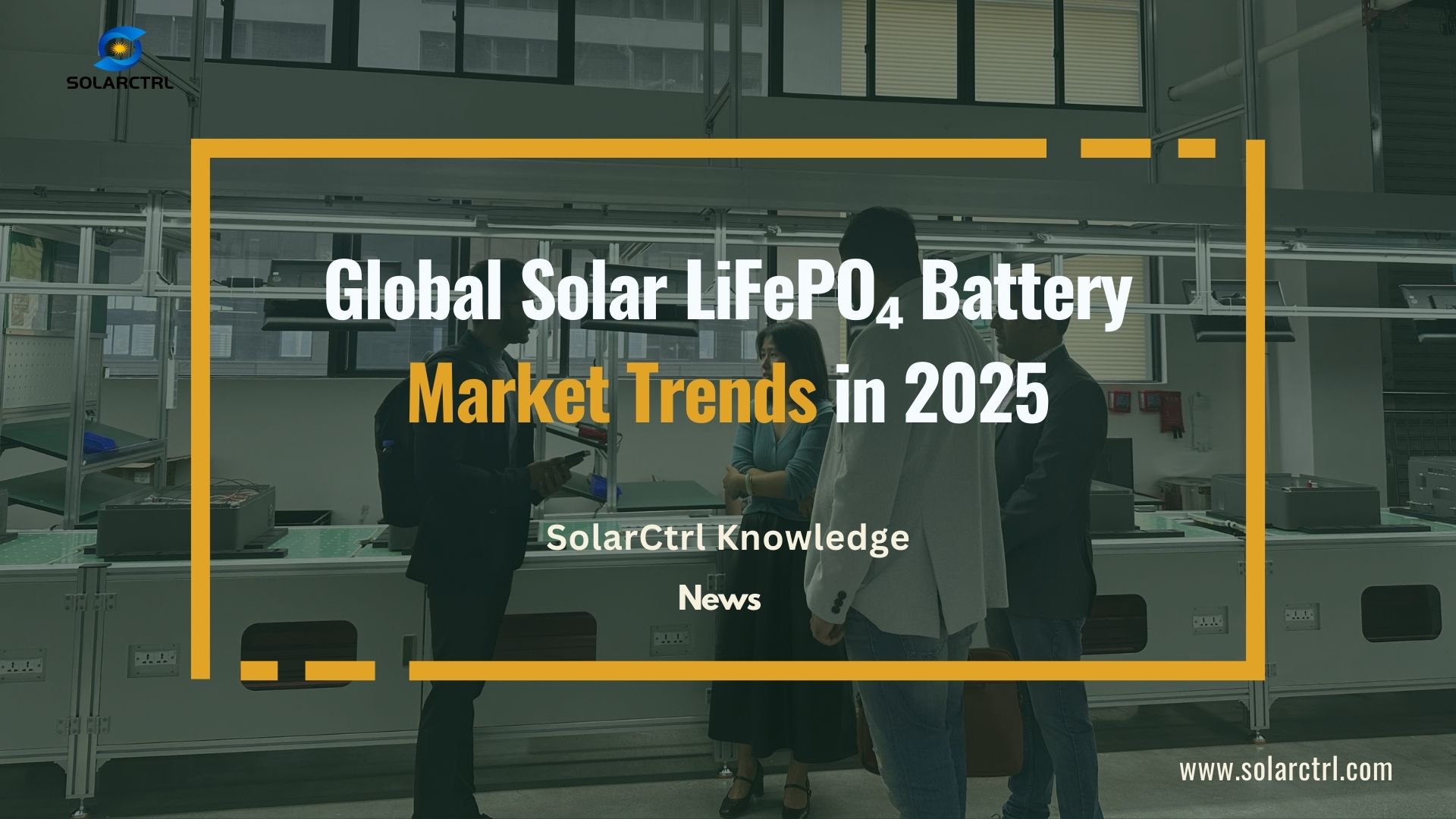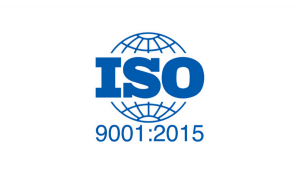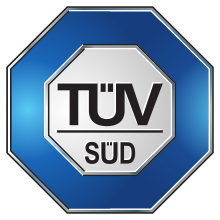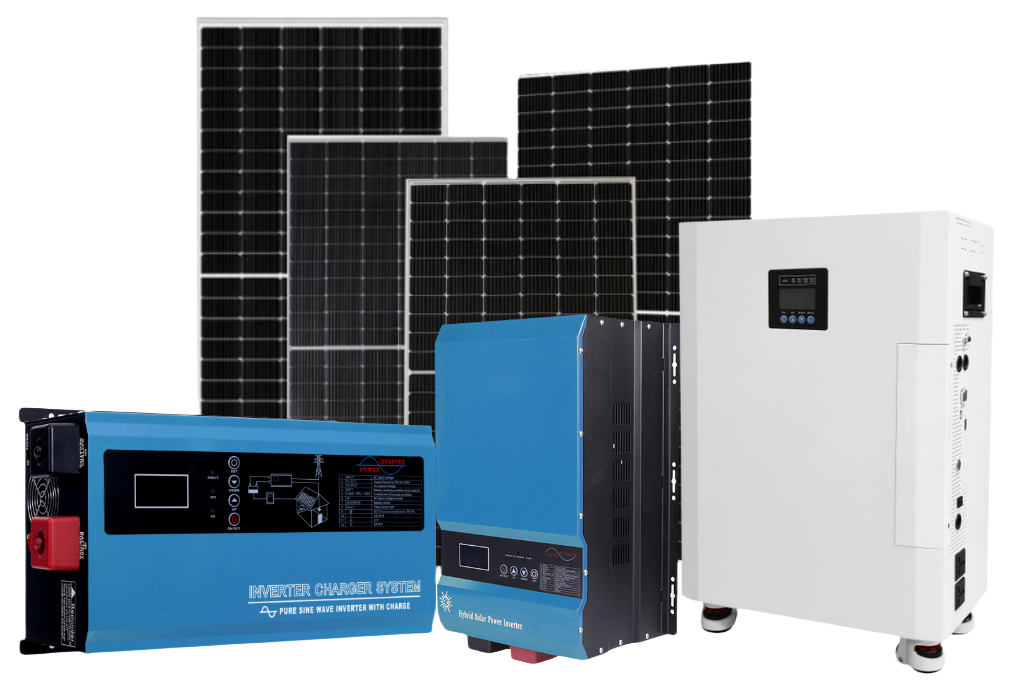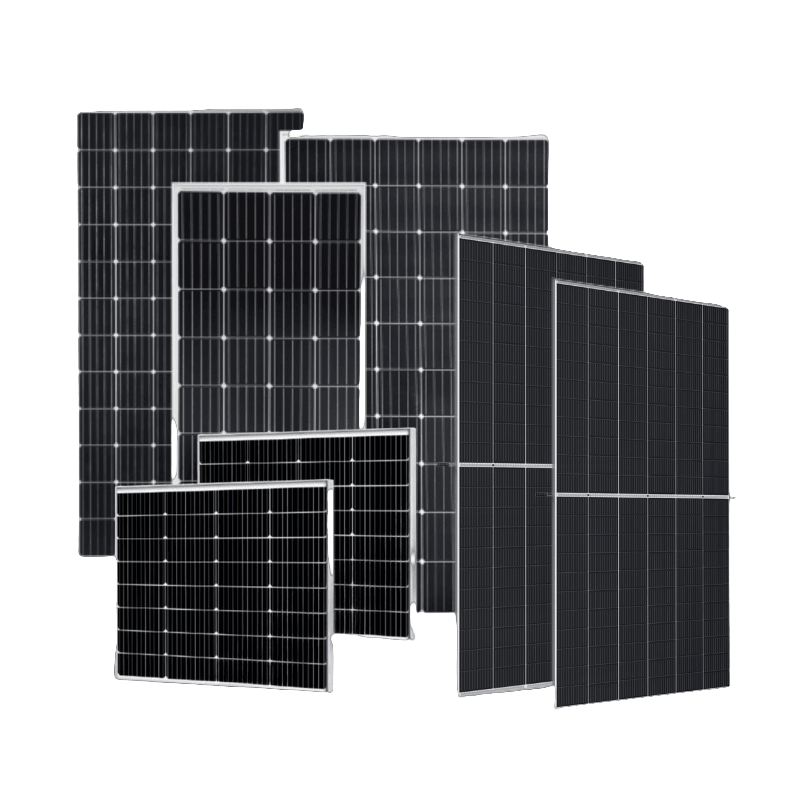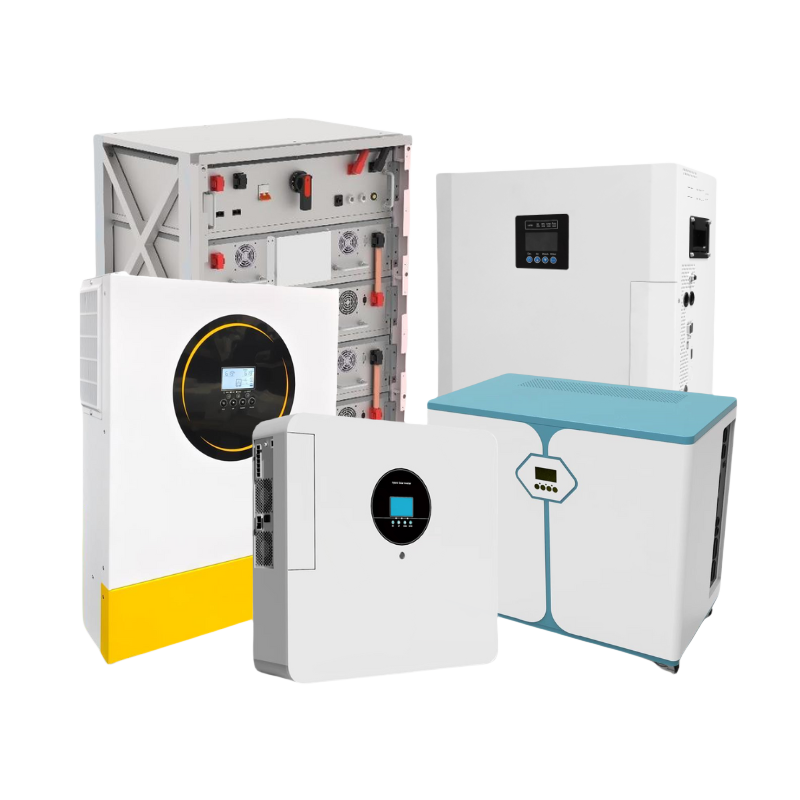Introduction
As the adoption of solar energy systems expands, the proper disposal and recycling of their components, particularly solar inverters, become imperative. Solar inverters, essential for converting DC from solar panels into AC for use, have a lifespan of about 10 to 15 years. Post this period, they must be responsibly managed to avoid environmental harm and to recycle valuable materials.
This article delves into the methods and benefits of recycling solar inverters, outlines the steps for safe disposal, and discusses the significance of sustainable practices in the lifecycle management of solar energy components.
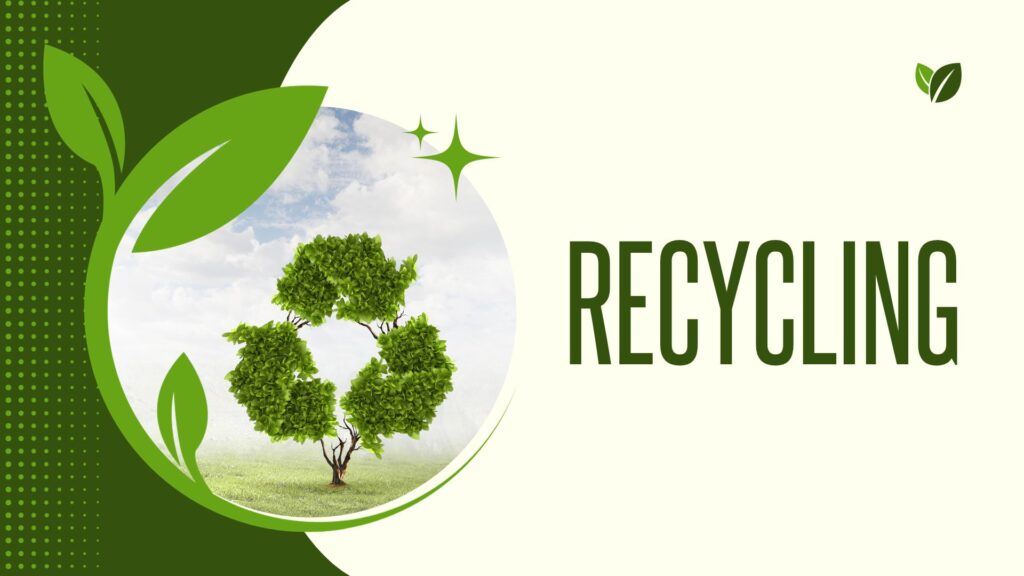
Part 1: The Significance of Recycling Solar Inverters
Recycling solar inverters is vital for sustainable solar energy utilization. It ensures the safe handling of hazardous materials, conserves valuable resources and offers economic benefits by reusing metals and other components. This practice is essential for maintaining ecological balance and promoting a circular economy in the solar industry.
1.1 Reducing Environmental Impact
The process of recycling solar inverters is integral in managing hazardous materials like lead and mercury, which are often part of their composition. Proper recycling ensures these substances are safely processed, preventing them from contaminating soil and water sources.
This is crucial for maintaining ecological balance and safeguarding wildlife and human health from the detrimental effects of toxic waste.
1.2 Resource Conservation
Solar inverters consist of various recyclable materials, including metals and plastics. Recycling these components diminishes the reliance on virgin raw materials, thus conserving natural resources.
It supports the idea of a circular economy, where materials are reused, reducing the environmental impact of mining and manufacturing processes.
1.3 Economic Advantages
Recycling solar inverters also presents economic benefits. The process allows for the recovery and repurposing of valuable materials such as copper and rare metals.
These reclaimed materials can be reintroduced into the manufacturing cycle, creating new products and reducing the overall production costs. This not only generates economic value from waste materials but also stimulates green job opportunities in the recycling and manufacturing sectors.

1.4 Compliance with Environmental Regulations
Recycling aligns with global environmental directives, such as the European Union’s Waste Electrical and Electronic Equipment (WEEE) Directive, which mandates the recycling of electronic waste.
Adherence to such regulations not only helps in avoiding legal penalties but also promotes global environmental stewardship.
1.5 Innovation and Technology Advancement
The demand for efficient recycling processes drives innovation in waste management technology. This includes the development of more sophisticated methods for material separation, enhancing the effectiveness and efficiency of recycling.
Such advancements can lead to less energy-intensive and more environmentally friendly recycling methods.
1.6 Corporate Social Responsibility (CSR)
For businesses involved in the solar industry, recycling inverters is a significant aspect of their CSR initiatives. It demonstrates a commitment to sustainable practices and environmental preservation. This commitment can improve a company’s reputation, foster consumer trust, and attract environmentally conscious customers and investors.
Additionally, it can inspire other industries to adopt similar practices, contributing to a broader culture of sustainability.
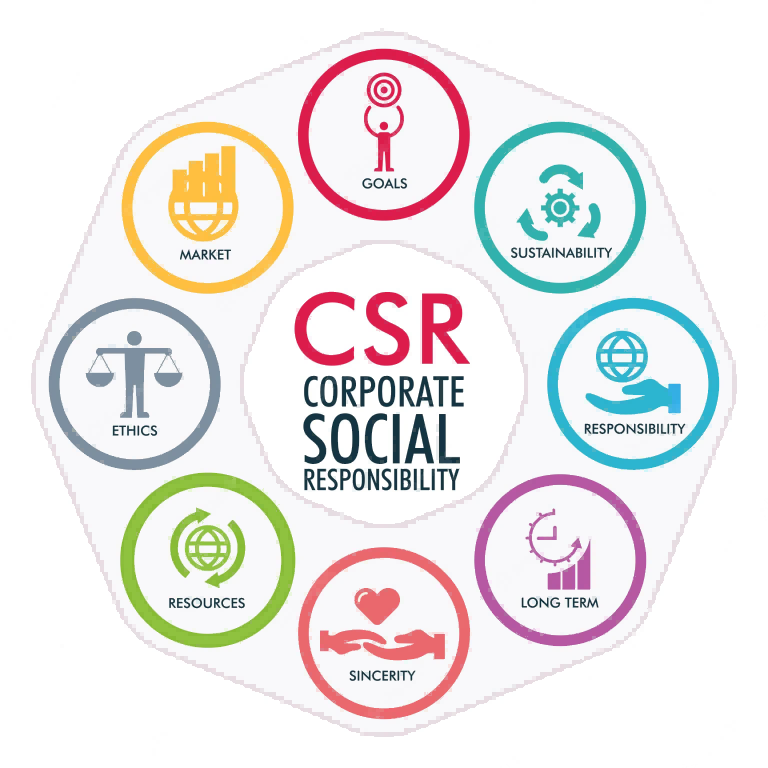
Part 2: Components of Solar Inverters Suitable for Recycling
Identifying and recycling the various components of solar inverters is a key step in sustainable waste management.
By understanding the diverse materials used in their construction, we can effectively reclaim and repurpose valuable resources, supporting both environmental conservation and economic efficiency.
2.1 Electronic Components
Beyond capacitors, resistors, and integrated circuits, solar inverters contain other intricate electronic parts like diodes and transistors. These components are not only valuable for their metal content but also for rare elements like gallium and indium, which are critical in semiconductor technology.
Recycling these components not only conserves scarce resources but also reduces the environmental impact associated with mining and refining these elements.
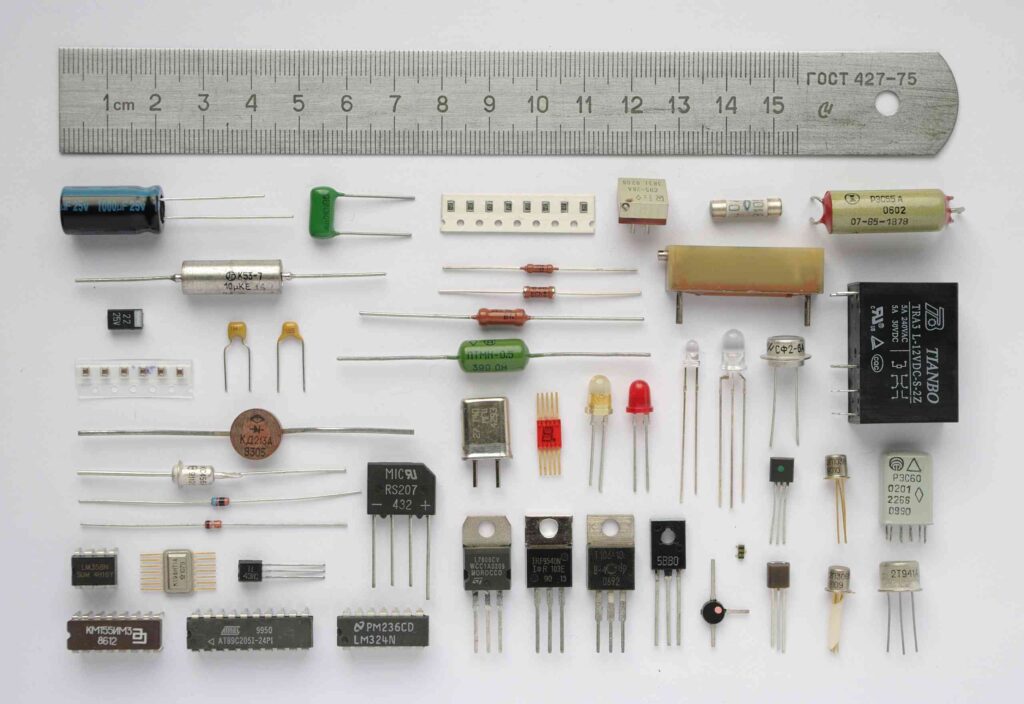
2.2 Metal Components
The aluminum and copper found in solar inverters are crucial for their high thermal and electrical conductivity. Recycling these metals conserves energy, as producing aluminum and copper from recycled materials requires significantly less energy compared to extracting from ore.
This contributes to a reduction in greenhouse gas emissions and energy consumption in the metal production industry.
2.3 Plastic Housing
Inverter housings are typically made from high-grade, fire-resistant plastics. These materials can be broken down and repurposed into various plastic products, ranging from construction materials to automotive parts.
This process helps in diverting plastics from landfills and reducing the carbon footprint associated with new plastic production.
2.4 Cooling Fans and Transformers
Cooling fans often consist of plastic and metal parts, both of which are recyclable. The transformers, with their copper coils, are particularly valuable.
Copper recycling is a mature industry, and reclaiming copper from transformers is more energy-efficient than mining new copper.
2.5 Wiring and Connectors
Often made of copper or coated with other conductive materials, these elements are valuable and widely recyclable.
They play a crucial role in the inverter’s electrical connections and can be reclaimed for use in various electrical applications.
2.6 Protective Components
Items like fuses, circuit breakers, and surge protectors are commonly found in inverters. These components often contain metals and plastics that can be separated and recycled, contributing further to the reduction of e-waste.
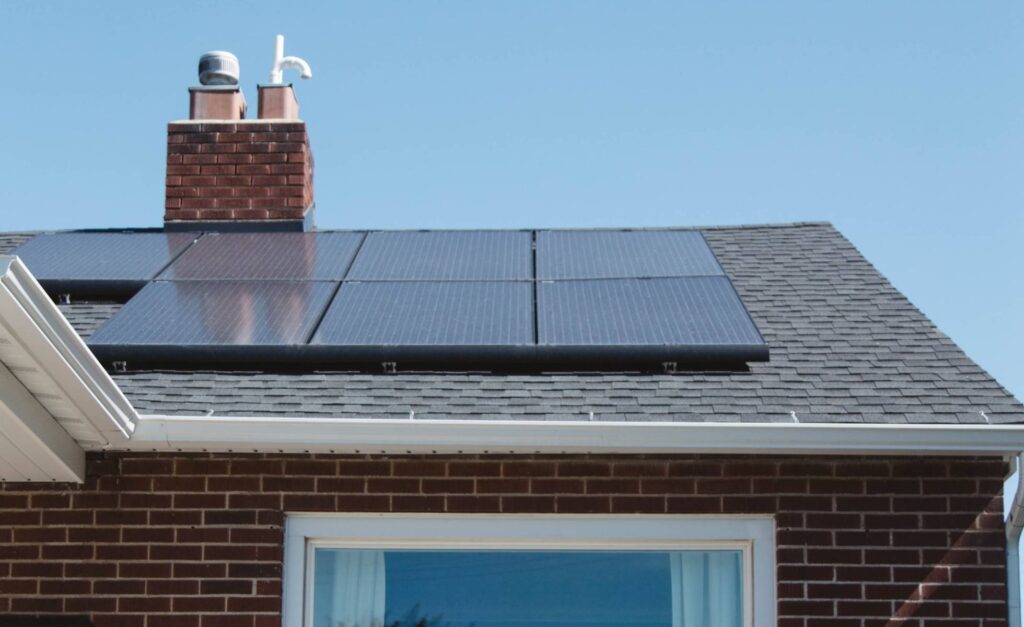
Part 3: Recycling Process
The recycling process for solar inverters encompasses a series of meticulous and environmentally responsible steps.
From initial collection and detailed dismantling to the advanced recovery of materials, each phase plays a crucial role in ensuring that valuable resources are reclaimed and environmental impacts are minimized.
3.1 Collection and Sorting
This initial stage involves collecting inverters from various sources, including decommissioned solar installations, waste collection centers, and take-back programs. The inverters are then sorted based on their type, model, and manufacturing materials.
This segregation is crucial for efficient recycling, as different inverter types may contain varying materials and components.
3.2 Dismantling and Component Separation
This step is both intricate and labor-intensive, requiring expertise to identify and separate the varied components.
It’s not just about dismantling; it’s about preserving the integrity of each part to maximize its recycling potential.
Technicians also ensure that any data stored in smart inverters is securely erased to protect user privacy..
3.3 Metal Recovery and Electronic Component Recycling
This phase is where technology plays a pivotal role. Advanced machinery is employed for the extraction of metals, ensuring high efficiency and minimal waste.
The process is also aimed at minimizing the release of any toxic elements into the environment. The recovered metals are then sorted, cleaned, and prepared for their next use in various industries.
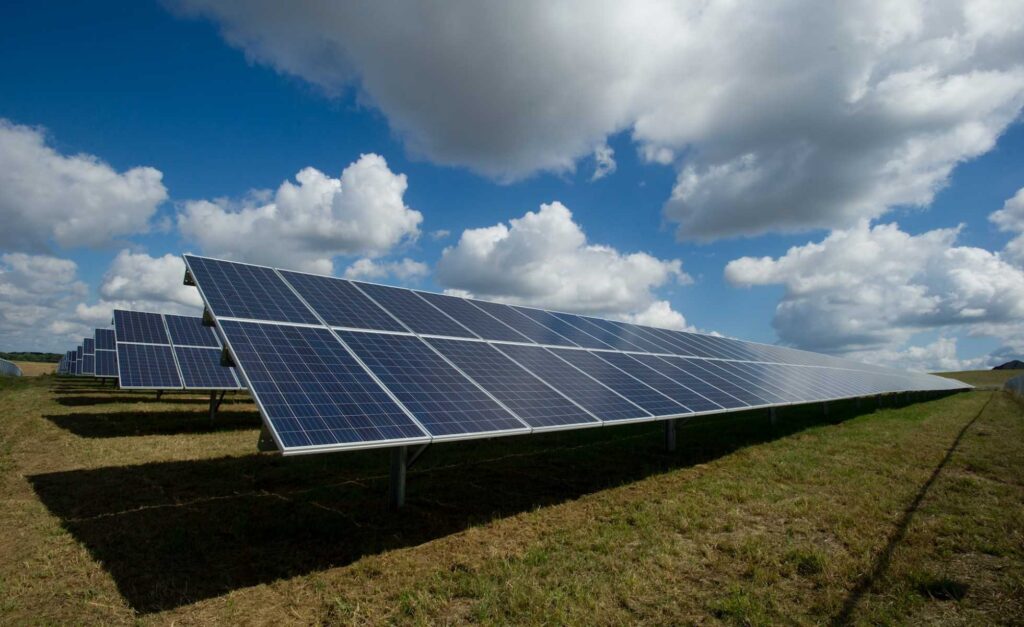
3.4 Plastic Recycling and Hazardous Waste Management
After shredding and melting, the plastic is often transformed into pellets, which serve as raw material for a wide range of products, from automotive parts to construction materials.
The handling of hazardous materials like lead and mercury is conducted with extreme care, often in controlled environments to prevent any contamination.
Part 4: Best Practices for Inverter Disposal
Adopting best practices for inverter disposal is key to promoting environmental sustainability and resource efficiency in the solar industry. It involves considering the potential reuse of functional units, adhering to safety protocols, utilizing manufacturer take-back programs, selecting certified recycling facilities, and ensuring proper transportation.
These practices not only aid in effective recycling but also align with global efforts to reduce e-waste and foster a more sustainable energy future.
4.1 Upgrading or Donating Functional Inverters
Before disposing of an inverter, consider its potential for further use. Upgrading to a more efficient model can enhance your solar system’s performance.
Alternatively, donating a still-functional inverter to schools, non-profits, or community projects can extend its utility and support renewable energy initiatives.
4.2 Safe Handling and Preparation
Adherence to safety protocols is crucial. Ensure the inverter is disconnected from all power sources and follow manufacturer guidelines for safe handling.
This step prevents accidents and prepares the inverter for the next phase of disposal or recycling.
4.3 Manufacturer Take-Back Programs
Many manufacturers have recognized the importance of sustainable disposal and offer dedicated recycling programs.
Engaging with these programs often ensures that the inverter is recycled in compliance with environmental standards, contributing to a greener footprint.
4.4 Certified E-Waste Recycling Facilities
Opting for facilities that hold certifications ensures that the inverter is recycled under regulated conditions.
These certifications indicate that the facility adheres to specific standards in handling e-waste, including the safe extraction and processing of precious metals.
4.5 Proper Transportation and Handling
Careful transportation is critical. If the inverter is bulky or heavy, consider using additional equipment like a dolly for safe handling.
Ensure that the inverter is secured in the vehicle to prevent any damage during transit, and if necessary, wrap it to protect against moisture or temperature extremes.

Conclusion
Proper disposal and recycling of solar inverters are critical steps in our journey towards sustainable solar energy utilization. By understanding the importance, following the correct procedures, and staying informed about laws and technologies, we can significantly mitigate the environmental impact of solar energy systems.
This responsible approach ensures that we can continue to harness the sun’s power without compromising the health of our planet.



